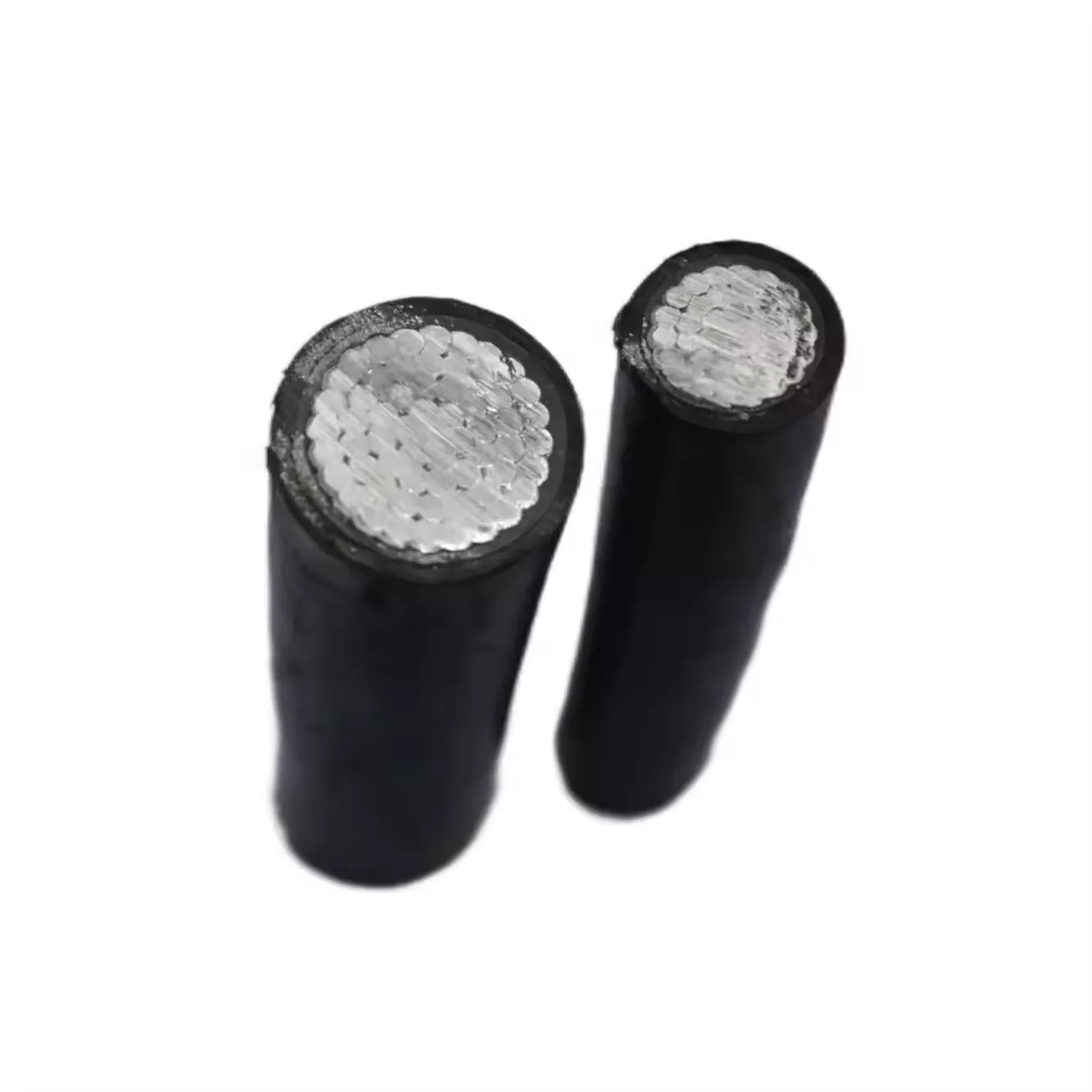Time: 2025-06-03 14:07:00 Source: Henan Province Jianyun Cable Co., Ltd.
Cross-linked polyethylene (XLPE) insulation has become the preferred choice for power cables across a broad range of applications due to its superior thermal tolerance, electrical efficiency, mechanical robustness, environmental resilience, enhanced fire safety, and long service life. By combining the benefits of advanced polymer chemistry with modern manufacturing processes, XLPE cables offer significant advantages over traditional materials such as PVC, making them well-suited for high-demand industrial, commercial, utility, and renewable energy installations.
XLPE insulation can continuously operate at conductor temperatures up to 90°C, handle emergency overload temperatures up to 130°C, and withstand short-circuit temperatures up to 250°C. These elevated temperature ratings allow XLPE-insulated cables to carry 20–30% more current than equivalent PVC cables of the same cross-sectional area, reducing the need for oversizing conductors and improving system efficiency.
The higher continuous and emergency temperature limits also translate into increased reliability under high-load or fault conditions, minimizing the risk of thermal degradation and ensuring power delivery continuity during peak demand or emergency scenarios.

XLPE features a lower dielectric constant and dielectric loss tangent compared to PVC and many other insulation materials, resulting in significantly lower capacitance and reduced reactive losses during power transmission. In high-voltage applications (up to 765 kV in some utility installations), this translates to measurable energy savings and improved overall transmission efficiency.
Furthermore, the cross-linked molecular structure of XLPE provides excellent insulation integrity, maintaining consistent electrical properties over long distances and long-term operation, which is crucial for critical infrastructure such as substations, data centers, and renewable energy farms.
XLPE exhibits excellent resistance to mechanical stresses, including abrasion, impact, and crushing forces, making these cables suitable for installations where handling or external forces are a concern. Unlike PVC, XLPE does not soften under heat or become brittle in cold temperatures, ensuring stable flexibility and dimensional stability across a wide operating temperature range.
Additionally, XLPE is inherently resistant to moisture ingress, chemicals, oils, ozone, and UV radiation. This environmental resilience makes XLPE cables ideal for underground, direct-burial, submerged, and outdoor installations where exposure to water, soil chemicals, or sunlight could degrade lesser insulations.
XLPE can be formulated as a Low Smoke Zero Halogen (LSZH) material, which emits minimal smoke and no halogenated corrosive gases when exposed to fire. In the event of a fire, this reduces the risk of toxic gas inhalation and corrosive damage to nearby equipment, thus enhancing occupant safety in enclosed or densely populated spaces such as tunnels, high-rise buildings, and public transportation systems.
By minimizing flame propagation and smoke generation, XLPE LSZH cables also help maintain clearer egress paths and visibility during evacuation, a critical consideration in stringent building codes and fire safety regulations.
The robust physical and chemical stability of XLPE insulation results in a typical service life exceeding 40 years, substantially longer than many alternative insulations. Long-term aging tests demonstrate minimal electrical property degradation and excellent resistance to thermal, mechanical, and environmental stresses over decades of operation.
As a result, XLPE-insulated installations incur lower maintenance costs, reduced failure rates, and fewer unscheduled outages, delivering an attractive total cost of ownership. The combination of fewer replacements, lower downtime, and improved reliability provides utility companies, industrial facilities, and infrastructure owners with strong return on investment over the cable’s lifespan.